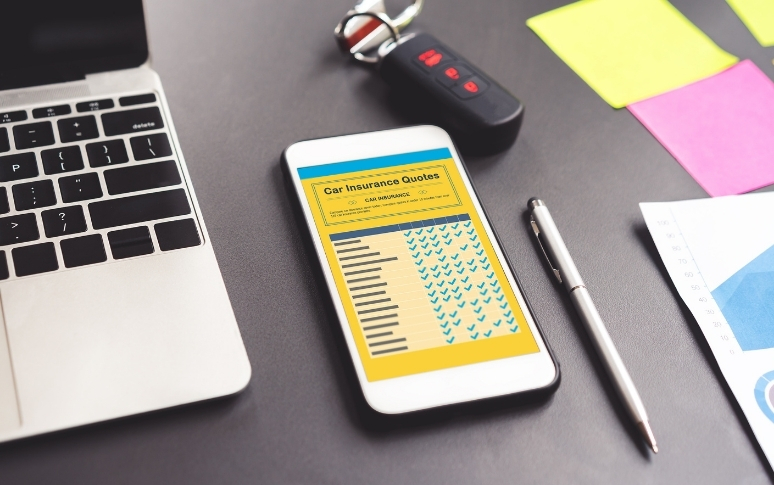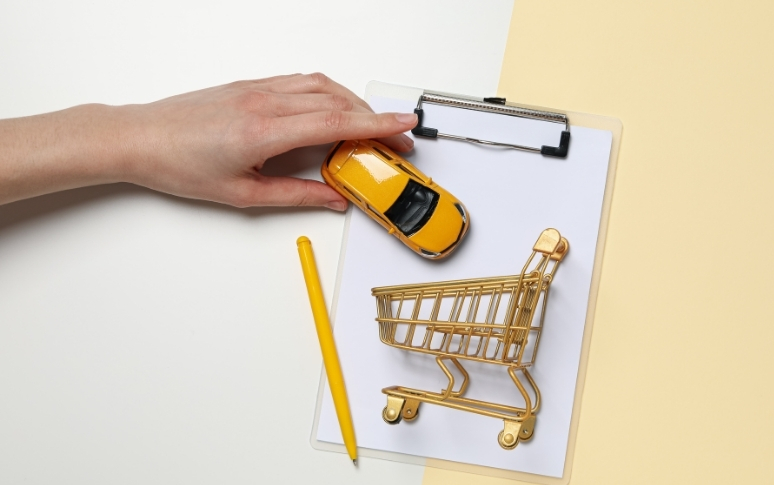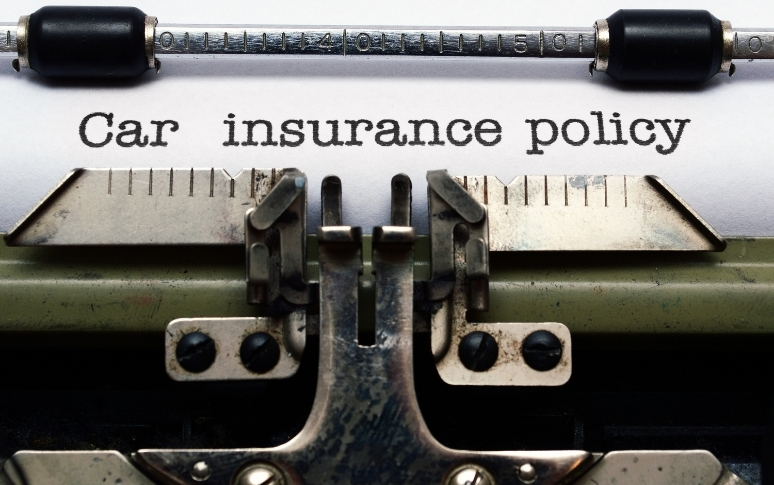8 Steps To Find Affordable Car Insurance That Actually Covers You
Finding economical auto insurance that doesn't skimp on protection is hard when prices go up 11.8% in 2025. These 8 expert tips will help you deal with growing prices while still getting the protection you need.
1. Evaluate Your Coverage Needs First
Before you buy auto insurance, the most important thing to do is figure out what coverage you really need. Almost all states require liability insurance to drive lawfully, but you need to think about whether collision, comprehensive, and personal injury protection are right for you.
If you still owe money on your car, your lender will probably want you to have comprehensive and collision coverage. Liability protects other people if you cause an accident, hence it is the most important part of any excellent coverage.

2. Compare Quotes from Multiple Providers
The best approach to find cheap insurance is to get quotes from at least five different firms. Each insurance company has its own way of figuring out how much your premium will be, which can lead to pricing variances of thousands of dollars for the same coverage.
In 2025, online comparison tools will make this procedure easier than ever by letting you instantly see possibilities next to one other. Don't only look at the price; but look at the limits on coverage, the deductibles, and the reviews from other customers.

3. Look for All Available Discounts
When combined, the several reductions that insurance providers offer can really lower your premium rates. When you combine your car insurance with your homeowners or renters insurance, you may usually save 10–25%.
If you have young drivers, ask about good student discounts (typically need a B average or better) and student-away discounts for people who go to college without a car.

4. Consider Telematics Programs for Personalized Rates
Usage-based insurance plans that keep track of how you really drive can provide safe drivers big savings. Through a smartphone app or a plug-in device, these telematics programs keep track of things like speed, acceleration, braking patterns, and mileage.
Drivers who are safe can save up to 30% on their rates. Drivers who don't drive a lot might want to look into pay-per-mile options that charge based on how far they drive. Just know that some programs may raise your rates if you drive aggressively.

5. Choose the Right Deductible Amount
Choosing a higher deductible can cut your rate right now, but you need to think about your finances carefully before doing so. If you raise your deductible from $500 to $1,000, you might save 15–20% on your premium, but you'll need that much money if you file a claim.
The best deductible is one that lets you make monthly payments that you can afford and an amount that you could easily pay out of pocket in an emergency. You might choose to set aside the difference in premiums to create a separate deductible fund.

6. Check Financial Strength Ratings Before Deciding
The financial health of an insurance business has a direct impact on how quickly it can pay claims when you need them most. Check out the AM Best Financial Strength Rating of a provider before choosing them. This rating shows how well an insurance company can meet its ongoing responsibilities.
The most trustworthy companies are those with an A+ or A grade. You can also look at the National Association of Insurance Commissioners' complaint index to evaluate how a company stacks up against the average for customer satisfaction in the industry.

7. Opt for Annual Policies When Possible
In today's unstable insurance market, picking a 12-month coverage instead of the more popular 6-month term will help you avoid having to pay higher rates often. Rates have gone up 11.8% in the past year, so locking in your premium for longer periods of time is a good way to keep your budget stable.
An annual policy limits the number of times an insurance company can raise your premium because they can only do so when the policy is up for renewal. This plan works especially well if your rates just went down because you have better credit or a clean driving record.

8. Pay Your Premium in Full If Possible
If you pay your whole premium up front instead of monthly, you could save 5–10% on your total insurance costs. Most insurance companies charge costs for monthly payments, which are basically interest charges on your premium.
Make sure you have enough money left in your emergency reserve and know how the big payment will effect your cash flow before you choose this choice. If you can't pay in full, quarterly payments are sometimes a good compromise with a small discount.









